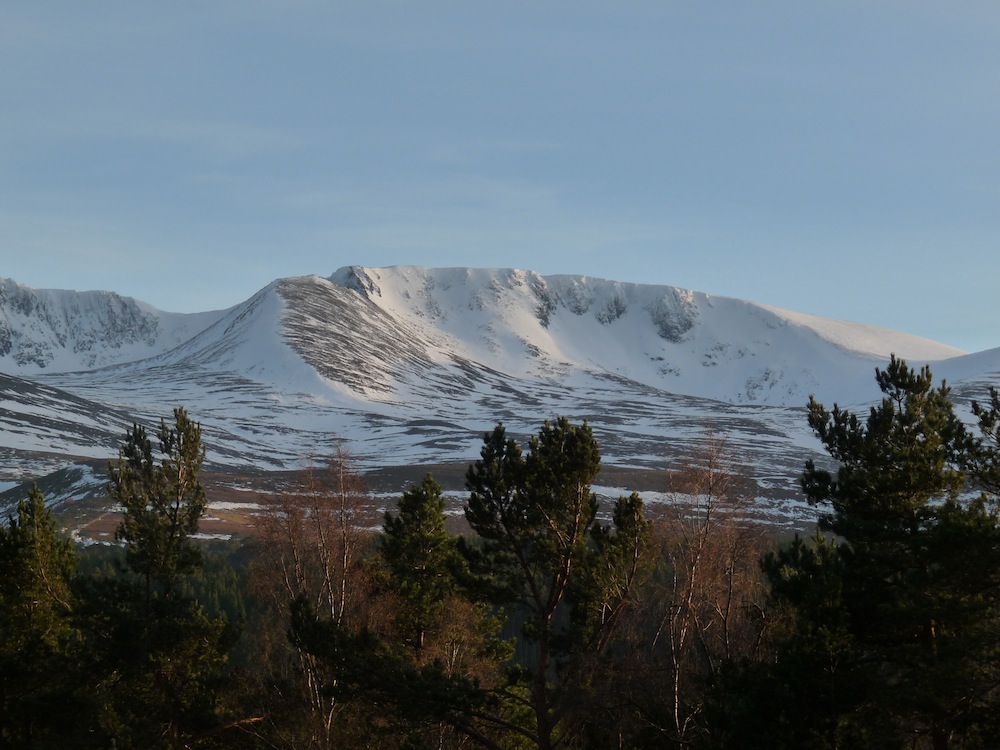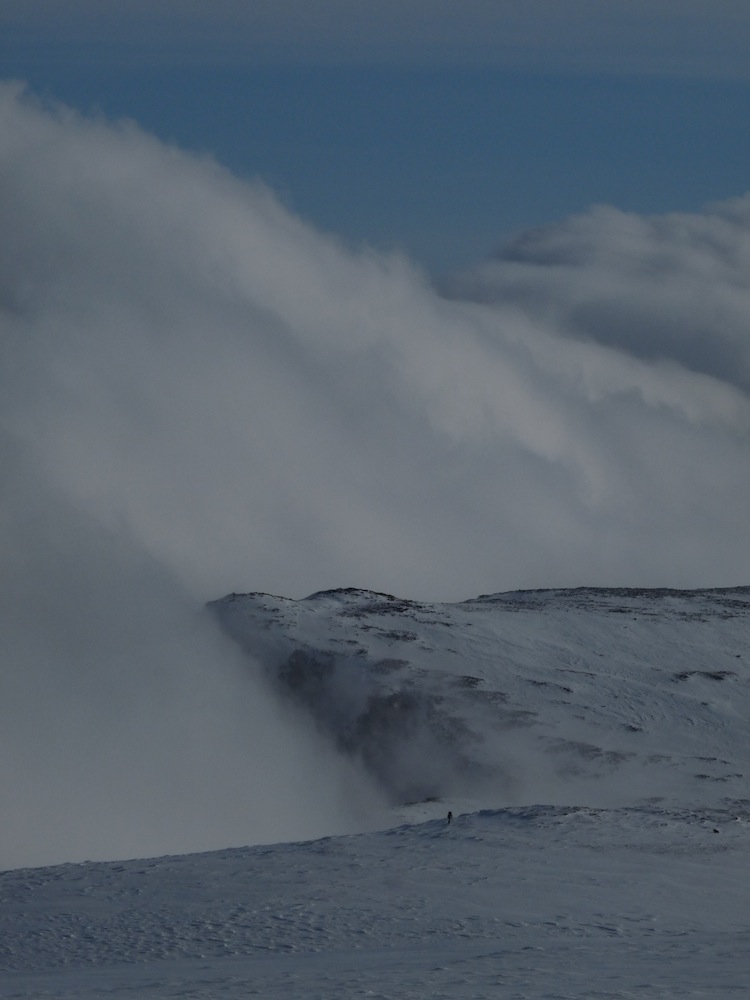
Scotland Surprisingly Had Glaciers 400 Years Ago

The last glacier in Scotland may have melted within the last 400 years, not 11,500 years ago as previously believed, new research finds.
The Cairngorm Mountains of eastern Scotland are the snowiest part of the Scottish Highlands even today. But previous studies of rocks from around the United Kingdom suggested that the last glaciers vanished from the region after about 11,500 years ago, when a cold period called the Younger Dryas ended.
"Conventional wisdom is that's when Scotland had its last glaciers," said study researcher Martin Kirkbride, a senior lecturer at the University of Dundee. The new study reveals that a later cold snap brought glaciers back to the land. [Ice World: A Gallery of Awe-Inspiring Glaciers]
The last glacier
Kirkbride discovered Scotland's last glacier inadvertently while doing fieldwork with undergraduate students in the Cairngorms. One student was working on a project about how avalanches moved debris down the mountain slopes, and the researchers were curious about where the boulders they saw littering the bottom of the hills came from. They hiked up the slope and found ridges of boulders bordering a large slab of granite.
"They looked like glacial moraine ridges," Kirkbride told LiveScience.

A moraine is a pile of soil and rock pushed into position by the inexorable movement of a glacier. The researchers took five samples from the boulder ridge to test for age.
Sign up for the Live Science daily newsletter now
Get the world’s most fascinating discoveries delivered straight to your inbox.
To date the rock, the team used an approach called cosmogenic Beryllium-10 dating. This technique measures the levels of a variant of the element Beryllium inside quartz crystals in the rock. When the glacier comes through and breaks open the rock, the quartz inside is exposed to the cosmic rays that constantly bombard the planet. The rays react with the quartz, creating Beryllium-10. By measuring the amount of Beryllium-10, researchers can estimate how long the quartz has been exposed.
The results revealed a surprising spread between about 5,000 and 850 years ago, Kirkbride said. The broad range is likely because some of the boulders were exposed on cliff sides before falling and being transported by the glacier. Thus, the youngest ages point to the era of the latest glacial activity.
Reconstructing a cold snap
Next, the researchers looked at climate history in that date range to find the "coolest, most glacier-friendly" era, Kirkbride said. They found the likely candidate to be the Little Ice Age, a cooling period that extended perhaps into the 1800s, and concluded that the glacier likely formed between 1650 and 1790 and could have persisted into the mid-1800s.
During the Little Ice Age, northern Britain was racked by food shortages and the River Thames would freeze over in winter, Kirkbride said. The cooling climate may have driven the Vikings from Greenland. Researchers have speculated that the cold period could have brought glaciers back to Scotland, but no one had ever found physical proof. At least one document from the era mentions that the Cairngorms were snowcapped year-round for generations, Kirkbride said.
"You would expect that there would have been a glacier forming, if there was snow accumulating over two or three generations," he said. The new study, published in the February issue of the journal The Holocene, is the first physical proof backing up that historical record.
In a study published alongside Kirkbride's, researchers from the University of Exeter and the University of Aberystwyth used climate modeling to gauge how cool and snowy Scotland needed to be in order to host glaciers. The team found that a drop of 2.7 degrees Fahrenheit (1.5 degrees Celsius) in the yearly average temperature and a 10 percent increase in precipitation could have yielded small glaciers in the Cairngorms.
Follow Stephanie Pappas on Twitter and Google+. Follow OurAmazingPlanet @OAPlanet, Facebook and Google+. Original article at LiveScience's OurAmazingPlanet.

Stephanie Pappas is a contributing writer for Live Science, covering topics ranging from geoscience to archaeology to the human brain and behavior. She was previously a senior writer for Live Science but is now a freelancer based in Denver, Colorado, and regularly contributes to Scientific American and The Monitor, the monthly magazine of the American Psychological Association. Stephanie received a bachelor's degree in psychology from the University of South Carolina and a graduate certificate in science communication from the University of California, Santa Cruz.









